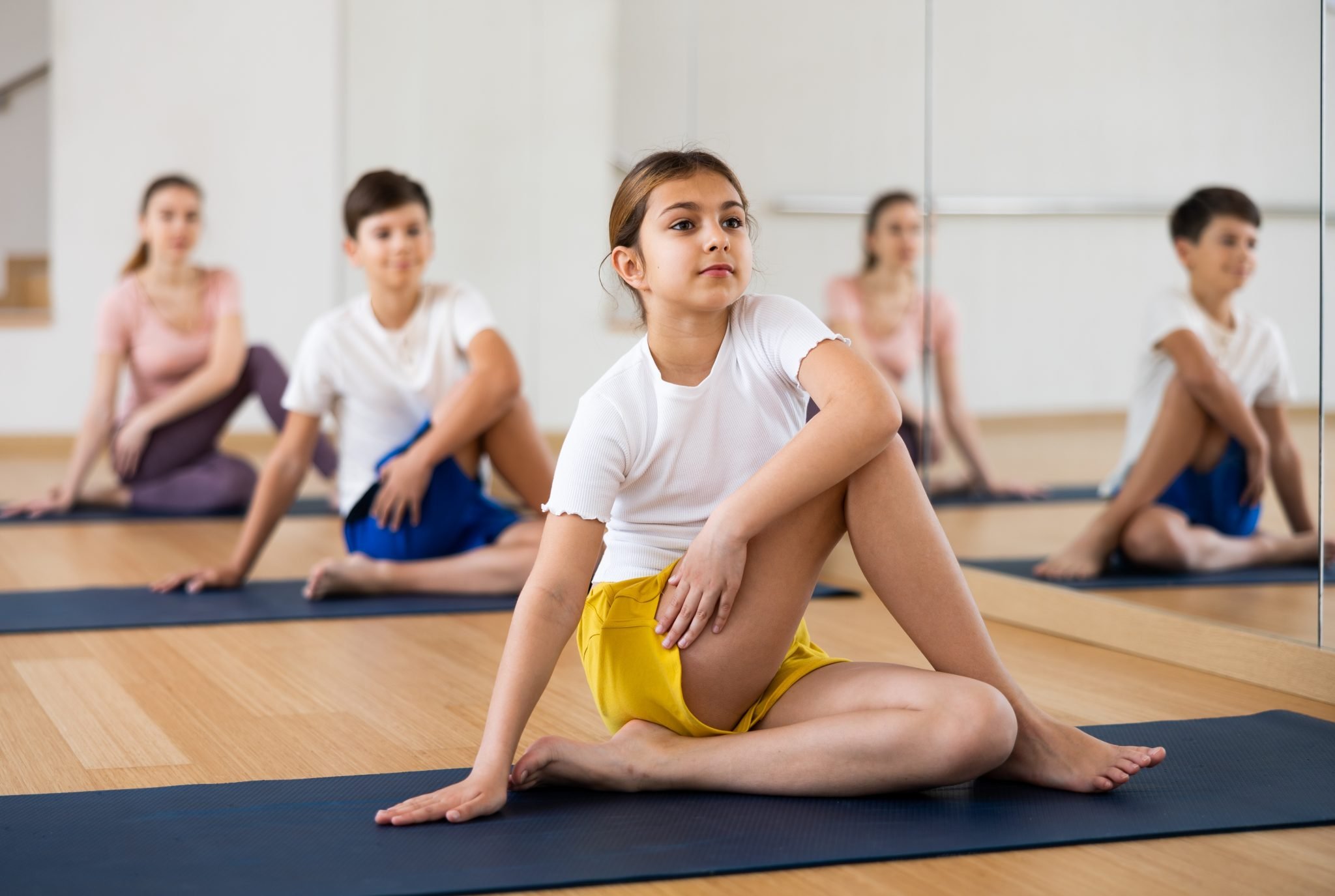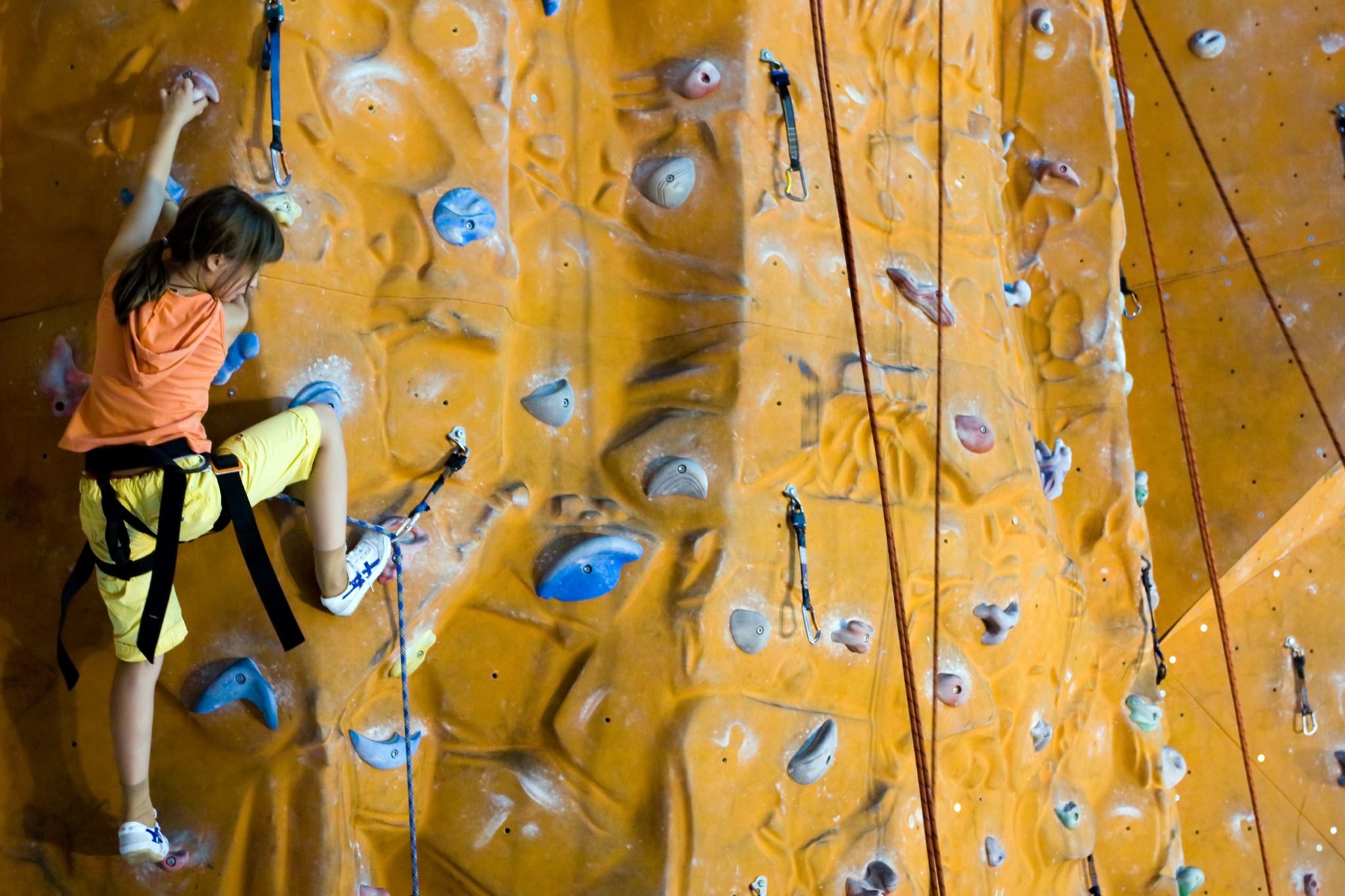Varuna Shunglu is an author, lawyer, health counselor and meditation teacher. She consults with Schools to create wellness curriculums and has worked with over 10,000+ kids in the last 8 years. Degrees : BA(Hons), LLB, Msc Yogic Science, Teacher trainer World Yoga Federation and Yoga Alliance International.
Like most 12-year-olds, Jiya had a very difficult time during the pandemic. The lockdown was difficult with everyone at home and she would get no time to play outside as her day was crowded with zoom classes and weekly tests. Most of her friends would catch up on the phone or play some video games whenever they did have some free time.
Life during the pandemic has overturned the world of schoolgoers like Jiya and more so because, for the last two years, they have hardly gone outdoors, played with masks on, and haven’t been exposed to physical activities the way they had been before. Today with schools reopening, parents and schools must keep encouraging the kids to take physical activities more seriously, both in school as well as at home.
Mental And Emotional Benefits Of Physical Fitness In Kids
There are numerous emotional and mental health benefits that physical activity induces in children in addition to the physiological benefits.
Physical fitness in kids is as important as nutrition is for their overall health. Poor lifestyle choices and a growing imbalance in nutrition and activity have been rising over the years. Emotional eating, unregulated eating habits, unhealthy snacking, and access to rich-saturated fried foods have been causing unhealthy weight gain in young kids the world over.
The Journal of Sports Science mentions that if kids do not have adequate movement, they are ” less likely to be active, and suffer from mental health conditions.” When they play with their friends and interact, their brain releases happy hormones” and they are likely to be happier and more content. This also results in healthier eating practices and a conscientious attitude towards nutritious food.
Healthy competitiveness and daily physical practice also keep children centred, focused, and aware when it comes to their own needs. Active children have neural pathways in their brain which help them find their balance, and greater energy levels improve attention, memory, and focus. It helps them accomplish more by harnessing and channeling their skills with adequate rest periods for recovery. Children should be encouraged to take on activities that can help them discover their potential and also positively impact them in other spheres of life.
When a child is active and aware, there is a direct impact on their improving academic performance as well. While counseling children during the pandemic, the psychologists and special educators noted a direct correlation between energy levels and class performance. Very often children would not have the energy to finish assignments and complete tasks. This could be a sign of certain dietary deficiencies or/and include lack of exercise and movement. Both of these elements go hand in hand and further investigation is needed in this case. Getting a nutritionist and physical therapist on board to bring balance to their lifestyle might be something that could be considered.
Physical activity in children establishes a lifelong discipline. Do you remember your father telling you the exercises he did in school and describing his fitness levels till it came to a point where you wanted to hide every time he brought up that topic? Exercise regimen comes with certain conditioning that is ingrained when we are children. If we are taught to love and enjoy movements then we shall love that as we grow older.
And finally when it comes to teamwork, coordination and making friends, having your first disagreement, which often happens on the playing field, physical activity in school can teach you life skills that stay with your kid for life.
Sleep plays a huge role in recovery and energy levels and activity in turn has a direct impact on physical fitness and vice versa. A healthy level of activity in your kids’ life will also ensure that they sleep well. Good sleep ensures healthy development and growth for the child.
Physiological Benefits Of Physical Fitness
Research done in England with young kids during the first lockdown showed that “movement improves cardiovascular and skeletal health” and it was concluded that those who were active had better levels of health than those who had little activity or were inactive.
In addition to this physical activity is said to improve metabolism, better digestion, improves endurance, and helps improve coordination, motor skills, and flexibility. Sports like football, basketball, track events, and even physical training activate both sides of the body uniformly, which in turn activates both hemispheres of the brain.
A generous dose of activity leads to healthy bones, strong muscles, more endurance and lung health which is extremely important as the stains of Covid 19 continue to evolve. If you have a better metabolism, the more easily your kid’s body can resist the virus.
In a research published by Pubmed, children who participated in a sports club and had higher moderate-to-vigorous physical activity, their cardiorespiratory fitness was greater than the children not participating in the club and they had a higher health-related quality of life.
This argument begs the question, how do we then get our kids to be active consistently, what level of activity should they engage in and how should they go about it in a systematic way?
Popular Topics
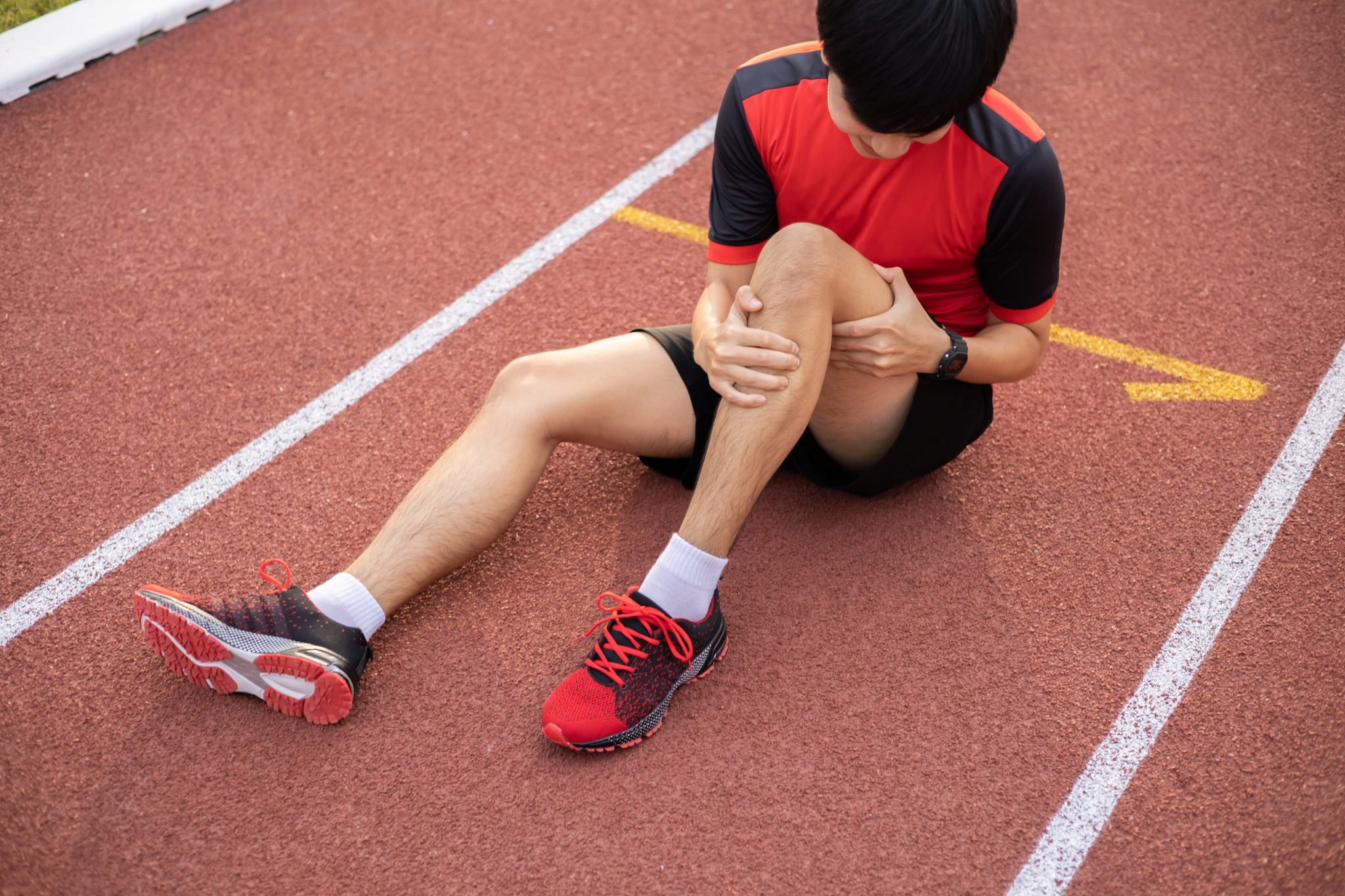
What is Vitamin D deficiency? Spotting early signs of Vitamin D deficiency
Reviewed By Divya Gandhi, Dietitian
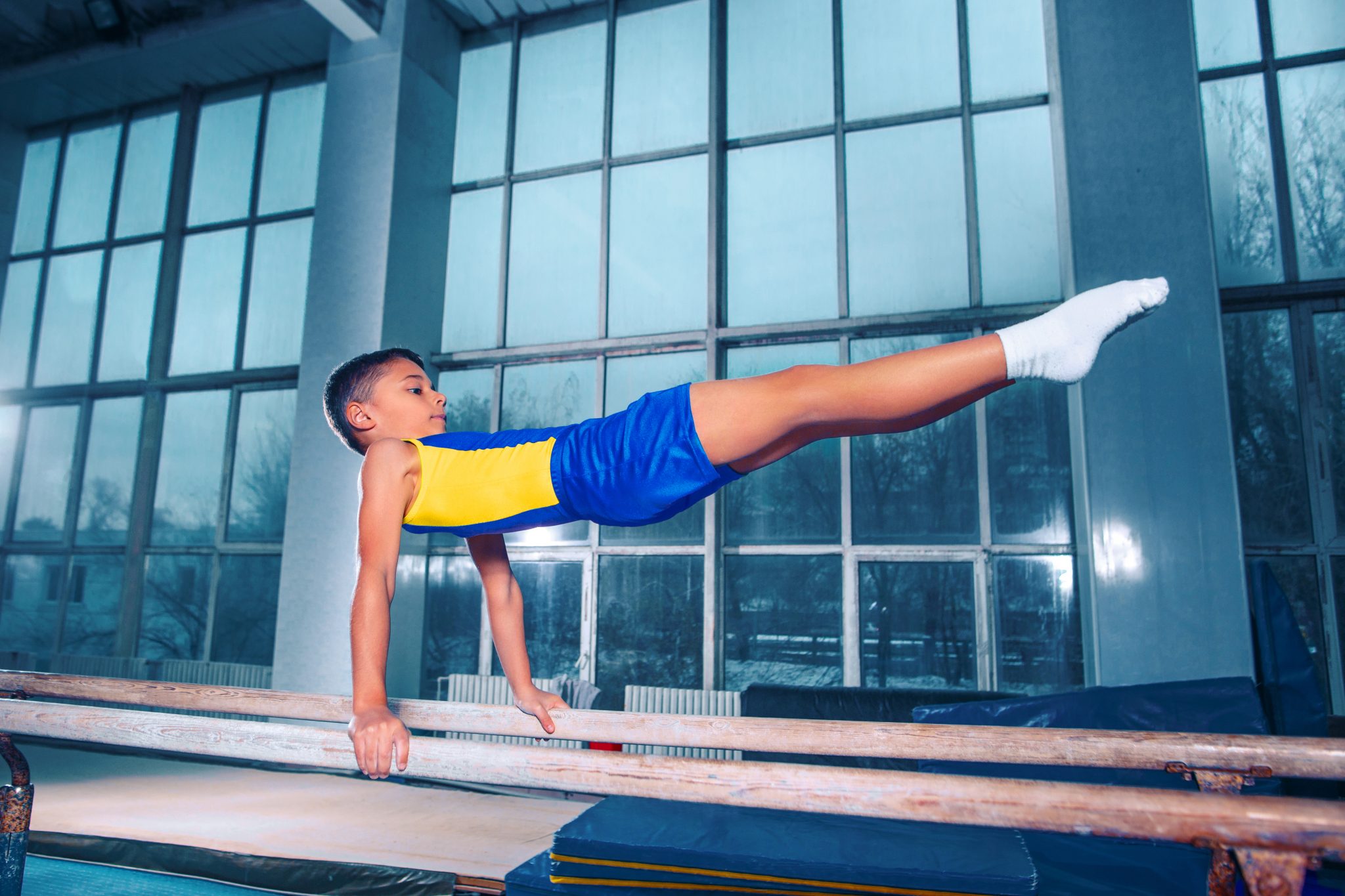
Understanding How Vitamin D Leads to Strength
Reviewed By Kejal Shah, Nutrition Expert
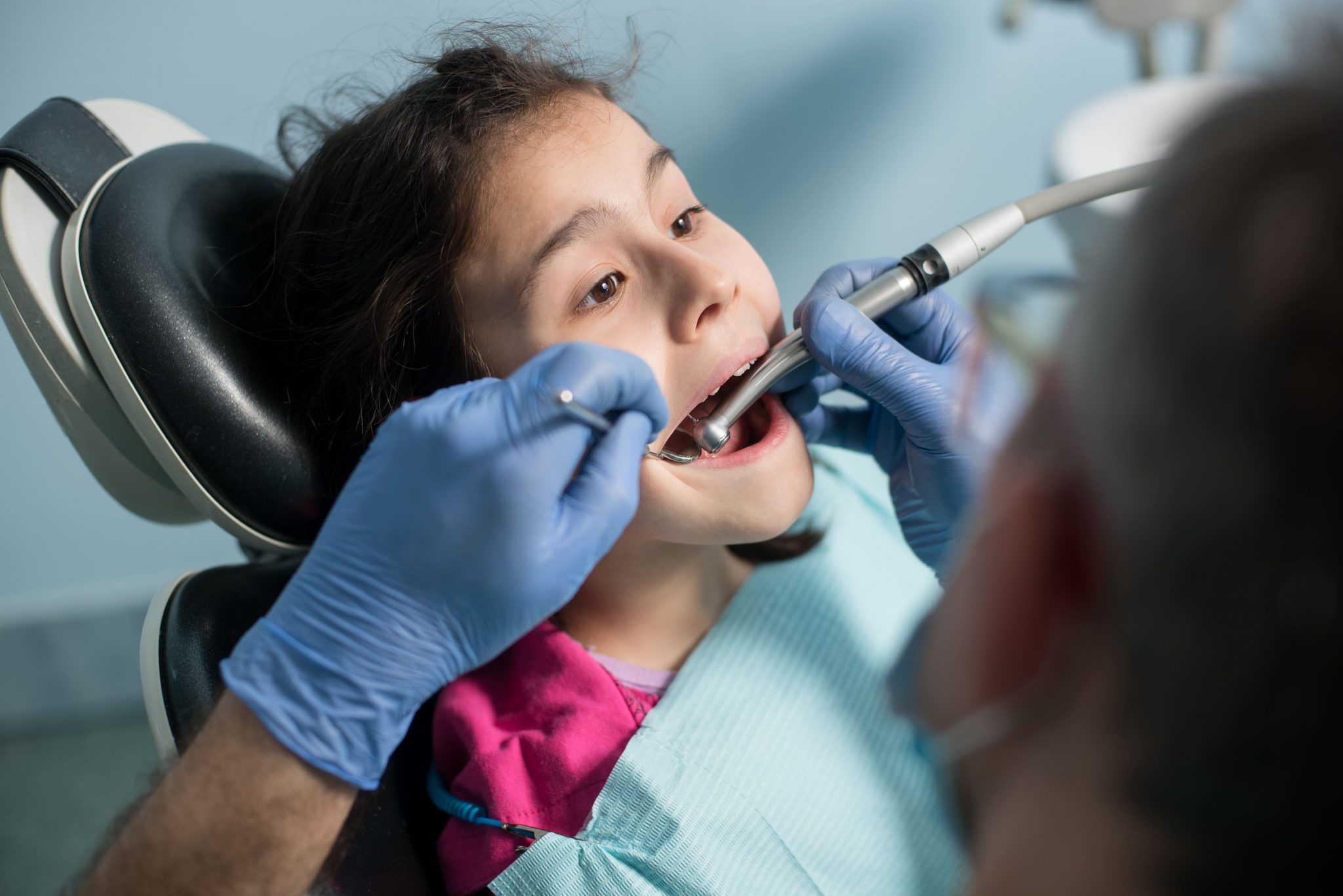
Vitamin D deficiency in children and what does it lead to?
Reviewed By Apurva Surve, Sports Nutritionist
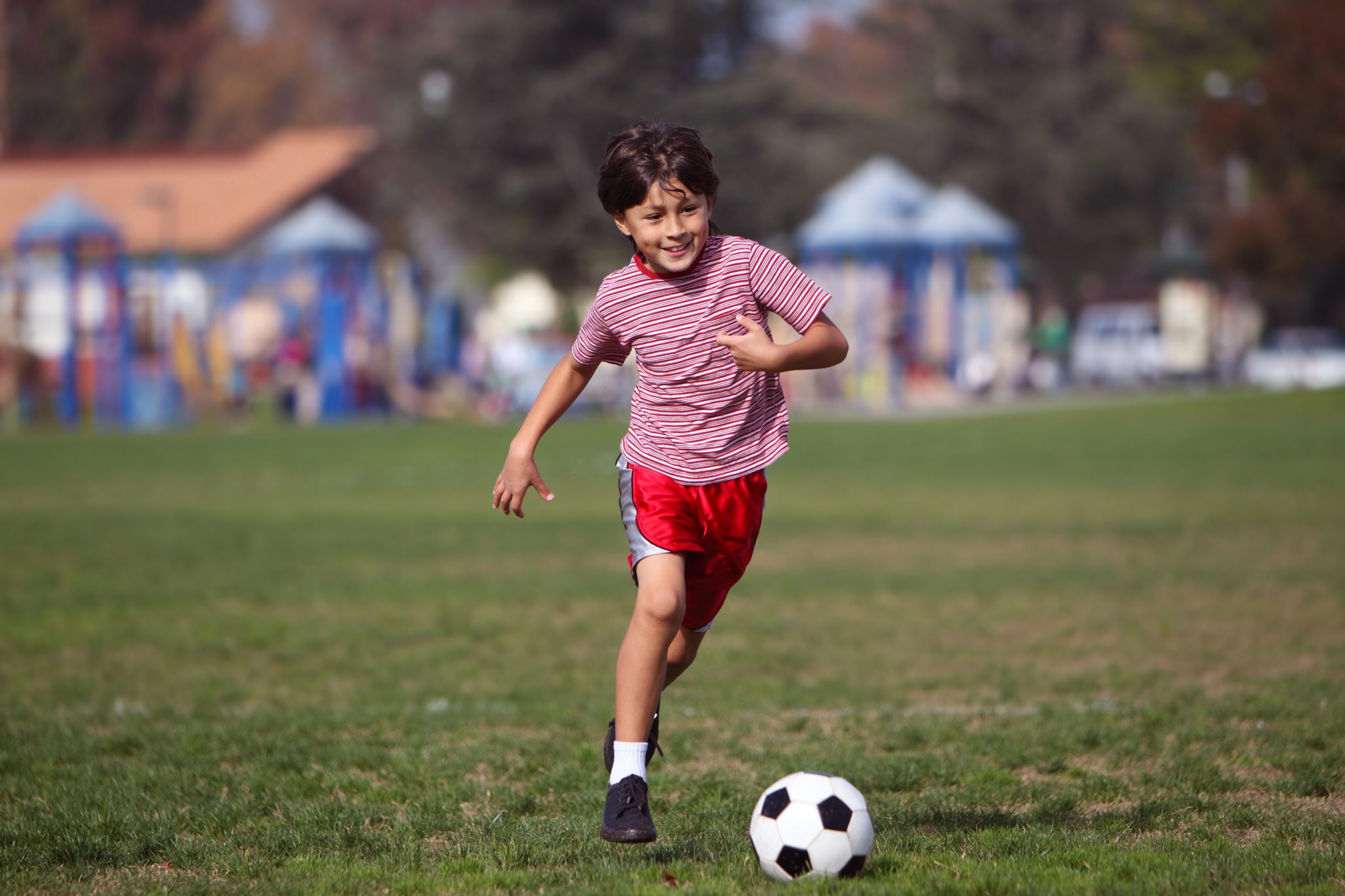
Why is Vitamin D an essential nutrient? Know how it plays a role in your child’s development
Reviewed By Varuna Shunglu, Health Counselor & Meditation Teacher
How Can We Engage Our Kids In The Correct Form Of Physical Activity?
There are three intensities that have been identified and you can introduce this according to the capability and interest of your child.
Light, moderate and energetic/ intense activity–
Light activity – Includes low-impact movement like daily walking, Nature trails, and hikes that can help create stamina and energy. This kind of movement will not strain their muscles.
Moderate activity– This kind of activity is neither too intense nor very slow. A gentle jog, a fun dancing session in your room, or a sequence of yoga and breathing exercises can be a moderate activity to play around with if you want to challenge yourself a little more. While some kids are comfortable in the moderate to light arena of activity, some children need more intense activity. Look into the needs of your child to determine which one they can sustain over a long period of time for maximum benefits and increase intensity over a period of time.
Energetic/ intense activity- is one that includes an intensive sport, competitive jumping, running, etc which can tire you out and create soreness in your muscles. This kind of activity needs rest days and a focused meal plan.
How Much Physical Activity Should Your Child Be Doing?
Here are some pointers that could get your child to be active through the week:
- Break up their activity into small blocks of time where they are getting the adequate balance of work, activity, food, sleep, and fun.
- Spread the activity in small bits throughout the day, rather than just blocking one time for playing.
- Always start the day with gratitude for a positive mindset with stretching and end the day with some activity to tire them out so they sleep well.
- Introduce them to new games, movements, and practices every year.
Age-Related Activity Required
When the kids are 1-5 years old, approximately 3 hours of activity every day is essential.
When their age ranges from 3-5 years, 3 hours of activity and 1 hour of energetic playtime is important for healthy growth.
From the age range, of 5-18 years, 1 hour of moderate to energetic activity is required plus several hours of light activity. The focus should be to squeeze in a full-fledged workout at least 3 days a week focusing on body weight/ strength training.
These specifications are generalised and in case your child has a specific requirement or certain issues then those would need to be taken into consideration by your physical therapist before curating a fitness program for them. Hence, fitness shouldn’t feel like a burden but a part of life that they thrive in and embrace, and in return, it will bring about strength and health in your child that will last them a long time.
References:
- Relationship between physical activity and health – Changes in children’s physical fitness, BMI and health related quality of life after the first 2020 covid lockdown in England- journal of sports science 2022, issue 10
- Physical fitness and physical activity of 6-7 year old children according to weight status and sports participation – Pubmed.gov PLoS One. 2019
The views expressed are that of the expert alone.



